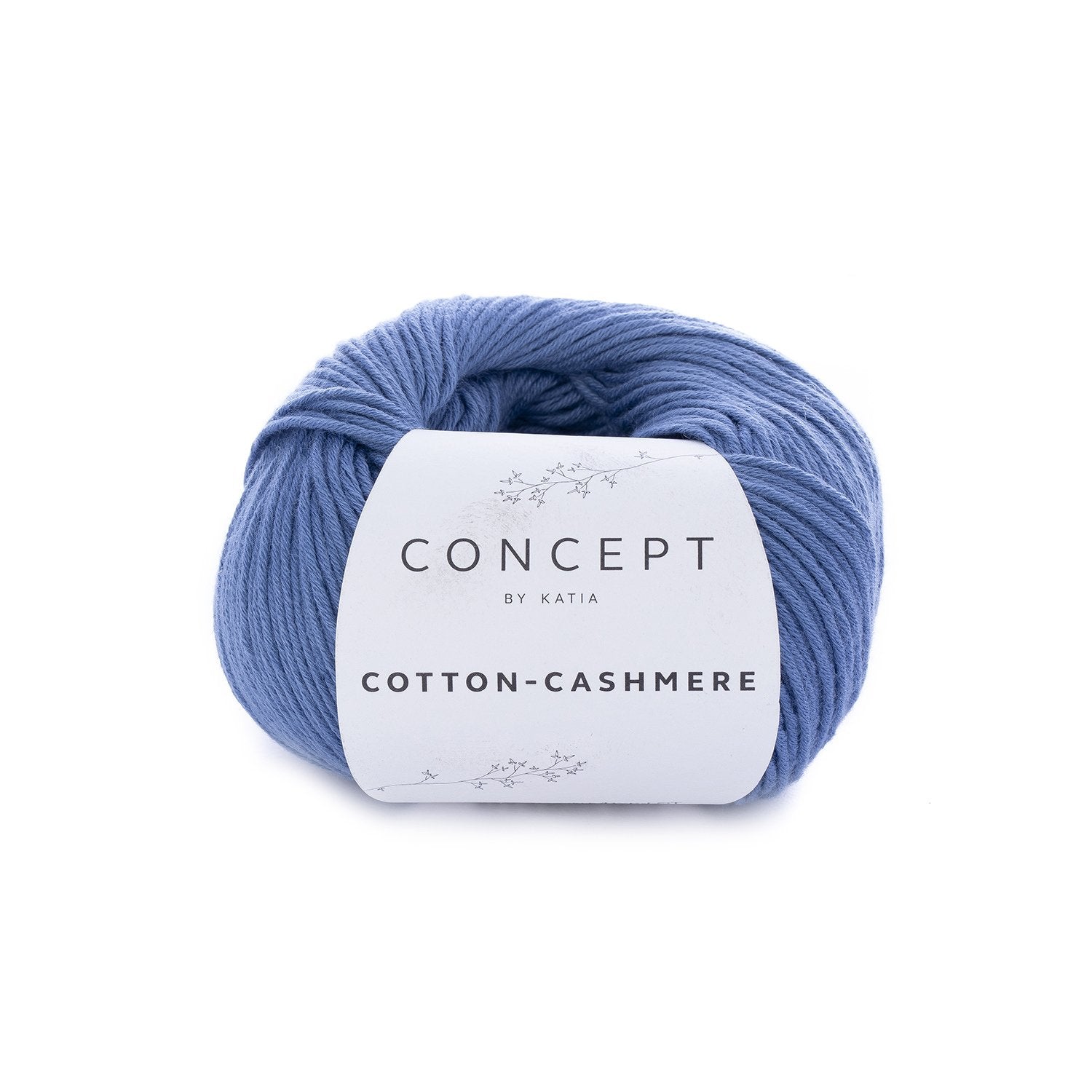Discovering the Various Kinds Of Cashmere a Natural Fiber for Ultimate Luxury
Cashmere, an all-natural fiber, is typically connected with high-end and convenience. Nevertheless, not all cashmere is produced equivalent. From the highly soft Mongolian range to the light-weight heat of Indian Pashmina, each kind provides its very own distinct functions and allure. The much more budget friendly Chinese cashmere, the conventional Scottish version, and the high-end Italian blend, all tell a various story of this impressive fiber. As we unravel the globe of cashmere, a much deeper understanding of its true worth and sophistication starts to emerge.
Comprehending the Elegant Nature of Cashmere
Cashmere, typically linked with high-end and comfort, holds an one-of-a-kind attraction in the globe of all-natural fibers. Unlike various other all-natural fibers, cashmere combines insulation with breathability, supplying exceptional comfort throughout varying temperature levels. Its lustrous finish and soft structure add to its premium allure, warranting the costs rate that commonly comes with cashmere garments.
Just What Is Cashmere and Where Does It Come From?

Provided these extraordinary high qualities, one may question the beginning and makeup of this extravagant fiber. Cashmere is obtained from the soft undercoat of cashmere goats, mainly located in Mongolia, China, Iran, and Afghanistan - is cashmere a natural fiber. These goats are adjusted to extreme climatic problems, creating a very great, soft underfur as a protection against the bitter cold. This underfur, or undercoat, is what is harvested for cashmere. Each springtime, when the goats naturally lost their winter layer, farmers comb out the great underhair, leaving the coarser hair behind. This careful procedure adds to the scarcity and high price of cashmere. With its origin in the harsh landscapes of Asia, cashmere is a testament to nature's ability to generate high-end from adversity.
Deciphering the Various Kinds Of Cashmere
Comprehending the different kinds of cashmere is vital to valuing the top quality and one-of-a-kind attributes of this extravagant textile. Generally, cashmere is categorized into three types: raw, virgin, and reused. Raw cashmere is straight obtained from the goat and is unprocessed. This type frequently has pollutants such as dirt and coarse hair. Virgin cashmere, on the other hand, is the pure, unrecycled material that is rotated right into thread for the first time. It is the softest and most luxurious. Lastly, recycled cashmere is made from virgin product that has been previously made use of. It is re-spun and utilized in producing lower-cost cashmere products. Translating these types is see the initial step in understanding the exclusivity and value of cashmere.

The Special Characteristics of Each Kind Of Cashmere
Having actually checked out the various classifications of cashmere, it becomes obvious that each type boasts its unique collection of qualities. Mongolian cashmere, for example, is renowned for its remarkable high quality, as a result of Mongolia's rough winters months that generate longer and finer fibers. On the other hand, Chinese cashmere is typically much more budget friendly, though its much shorter fibers can decrease resilience. Scottish cashmere is celebrated for its splendid gentleness, an outcome of the standard water washing process utilizing Scotland's soft water. Italian cashmere, meanwhile, is renowned for its skillful mixing and tinting methods, making it functional and vivid. Indian cashmere, additionally understood as Pashmina, is treasured for its incredible lightness and warmth. Each type, therefore, adds to the material's online reputation for high-end.
Why Cashmere Is the Embodiment of Deluxe in Style
Cashmere holds a well-regarded placement in the globe of style, related to as an icon of deluxe and refinement (is cashmere find here a natural fiber). Cashmere is derived from the great undercoat of Himalayan goats, known for their remarkable high quality fiber. Cashmere's unrivaled comfort and longevity make it a desired product in the development of premium garments.
The Process of Making Cashmere: From Goat to Garment
The journey of cashmere, from being an undercoat of a Himalayan goat to an elegant garment, is an elaborate one. This blend is after that fastidiously separated, with only the soft down used for cashmere. From goat to garment, each action is a testament to the virtuosity, skill and patience involved in crafting cashmere.

Conclusion
In final thought, cashmere, with its all-natural beauty and unmatched comfort, preponderates in the globe of high-end fashion. The variety in types, ranging from Homepage the soft Mongolian, lightweight Indian Pashmina, affordable Chinese, conventional Scottish, to the vivid Italian, exposes the flexibility of this all-natural fiber. The scrupulous process of transforming it from a goat to a garment better includes in its exclusivity, making cashmere the embodiment of refinement and luxury.
Cashmere, a natural fiber, is typically connected with high-end and comfort (is cashmere a natural fiber).Cashmere, often linked with deluxe and convenience, holds a special attraction in the globe of natural fibers. Unlike other all-natural fibers, cashmere combines insulation with breathability, supplying unrivaled comfort throughout varying temperature levels. Cashmere is obtained from the soft undercoat of cashmere goats, mainly located in Mongolia, China, Iran, and Afghanistan. Cashmere is derived from the fine undercoat of Himalayan goats, known for their premium high quality fiber